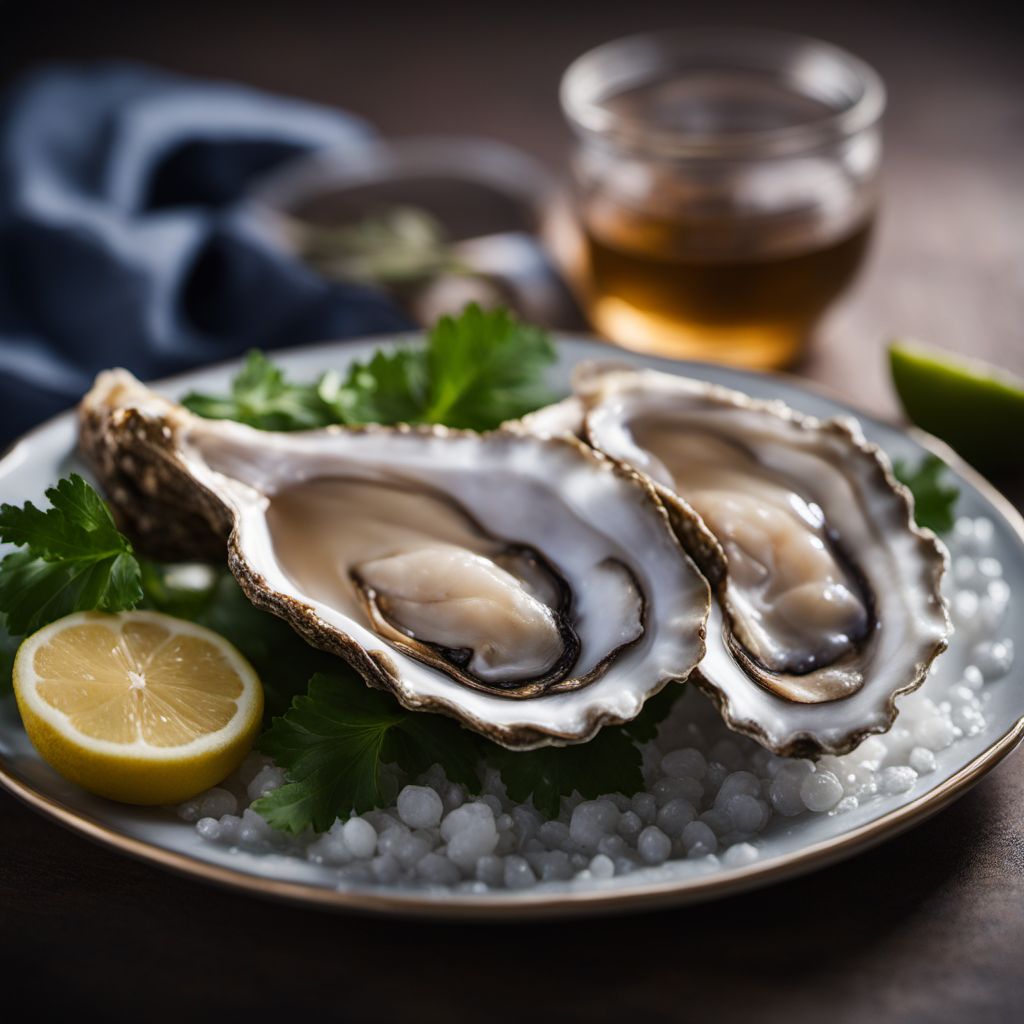
Ingredient
Oyster sauce
The Umami Elixir: Unveiling the Secrets of Oyster Sauce
Oyster sauce is a thick, dark brown sauce made from oysters, soy sauce, sugar, and various seasonings. It has a glossy appearance and a velvety texture. The sauce is known for its umami flavor, which is a savory taste that enhances the overall taste of a dish. It has a slightly sweet and salty taste with hints of earthiness and a subtle seafood undertone. Oyster sauce is commonly used as a flavor enhancer and a versatile ingredient in stir-fries, marinades, and dipping sauces.
Origins and history
Oyster sauce originated in China during the 19th century and quickly gained popularity throughout Asia. It was originally made by slowly simmering oysters in water until they released their natural juices, which were then reduced to a thick sauce. Over time, the recipe evolved to include soy sauce and other seasonings, resulting in the oyster sauce we know today. Oyster sauce has become an integral part of Chinese, Thai, Vietnamese, and other Asian cuisines, adding a unique umami flavor to traditional dishes.
Nutritional information
Oyster sauce is relatively low in calories, with approximately 9 calories per tablespoon. It is a good source of iron, providing about 10% of the recommended daily intake. However, it is high in sodium, so it should be used in moderation for individuals on a low-sodium diet.
Allergens
Oyster sauce contains shellfish, making it unsuitable for individuals with shellfish allergies.
How to select
When selecting oyster sauce, look for a reputable brand that uses high-quality oysters. Check the ingredient list to ensure that oysters are listed as one of the main ingredients. Opt for a sauce that is free from artificial additives or preservatives. Additionally, choose a sauce with a rich, dark color, as it indicates a more concentrated flavor.
Storage recommendations
Oyster sauce should be stored in a cool, dry place, away from direct sunlight. Once opened, it should be refrigerated to maintain its freshness and quality. Properly stored, oyster sauce can last for up to a year.
How to produce
Oyster sauce production requires specialized equipment and processes, making it challenging for amateurs to produce at home. It is best to purchase oyster sauce from trusted brands or Asian grocery stores.
Preparation tips
Oyster sauce is incredibly versatile and can be used in various ways. It can be used as a marinade for meats, a seasoning for stir-fries, or a dipping sauce for dumplings. When using oyster sauce, start with a small amount and gradually add more to achieve the desired flavor. It is best to add oyster sauce towards the end of cooking to preserve its flavor. To enhance the umami taste, combine oyster sauce with other umami-rich ingredients like mushrooms or soy sauce.
Substitutions
If oyster sauce is not available, a suitable substitute can be a combination of soy sauce and a small amount of sugar or hoisin sauce. This will provide a similar umami flavor to dishes.
Culinary uses
Oyster sauce is widely used in Asian cuisine, particularly in stir-fries, noodle dishes, and vegetable preparations. It adds depth and richness to dishes like beef and broccoli stir-fry, pad Thai, and Chinese-style fried rice. It can also be used as a dipping sauce for spring rolls or as a glaze for roasted meats.
Availability
Oyster sauce is commonly available in Asian grocery stores and supermarkets worldwide. It is widely used in Chinese, Thai, Vietnamese, and other Asian cuisines.
More ingredients from this category

Teriyaki sauce
The Art of Teriyaki

Shrimp sauce
The Savory Elixir of the Sea

British islands brown sauce
The Savory Condiment: British Islands Brown Sauce

Sweet and sour sauce
Tangy Delight

Bean curd sauce
Creamy Delight: Exploring the Versatility of Bean Curd Sauce

Fish sauce
Umami Elixir from the Sea

Soy sauce
The Umami Elixir
Recipes using Oyster sauce » Browse all
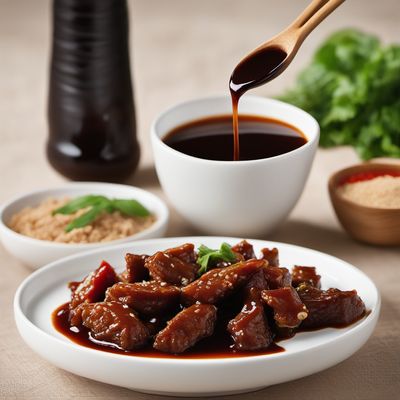
Malaysian Chinese-style Espagnole Sauce
Savory Fusion: Malaysian Chinese-style Espagnole Sauce

Hong Kong-style Seafood Hot Pot
Savory Seafood Delight: Hong Kong-style Seafood Hot Pot

Australian BBQ Sausage Sizzle
Flavorsome Aussie Sausage Delight
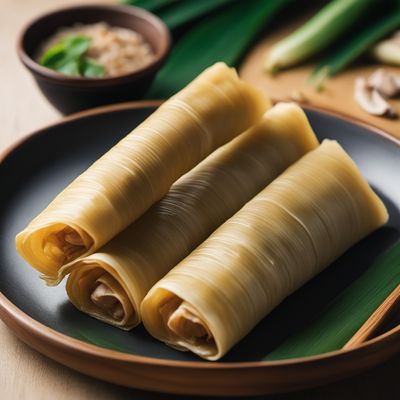
Singaporean-style Steamed Tamales
Peranakan Delight: Fragrant Steamed Tamales with a Singaporean Twist

Steamed Sticky Rice with Assorted Fillings
Savory Delights: Steamed Sticky Rice Parcels with a Burst of Flavors
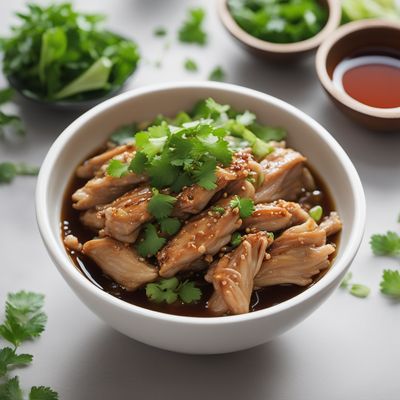
Vietnamese Steamed Chicken
Fragrant Steamed Chicken with Vietnamese Flavors

Savory Spinach Dumplings
Green Delight: Spinach Dumplings with a Canadian Chinese Twist

Devon-style Spiced Meatballs
Savory Delights: Devon-inspired Spiced Meatballs
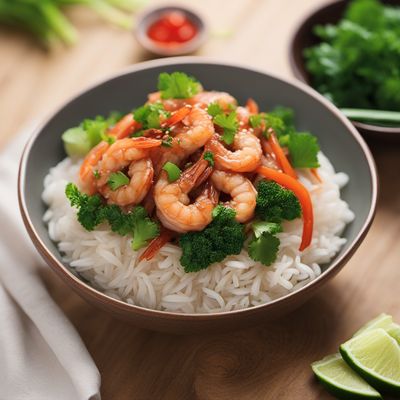
Huaiyang-style Tai Zuke Don
Savory Huaiyang Rice Bowl with Marinated Seafood
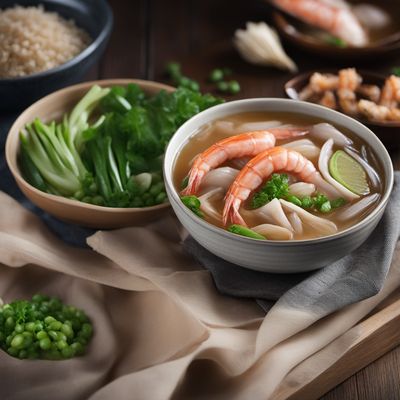
Chinese-inspired Seafood Delight
Oceanic Symphony: A Seafood Delight Inspired by Chinese Cuisine

Classic Cornish Pasty
Savory Delight: Traditional Cornish Pasty Recipe

Filipino Chinese-style Massaman Curry
Savory Fusion: Filipino Chinese-style Massaman Curry